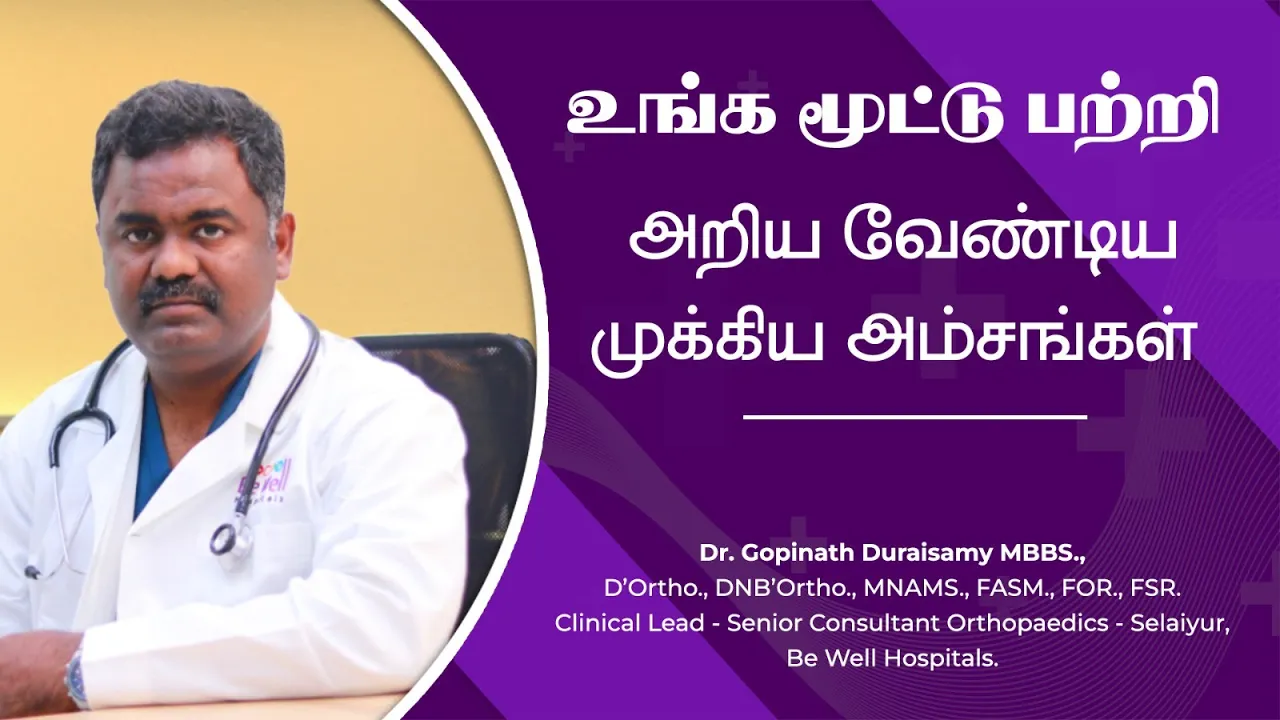What is Knee Replacement?
Knee replacement is a surgical procedure where a damaged knee joint is replaced with artificial components, typically due to severe arthritis or injury. The procedure aims to alleviate pain, improve mobility, and enhance the overall quality of life for individuals with compromised knee function. The damaged portions of the joint are removed and replaced with metal and plastic implants designed to replicate natural joint movement. Knee replacement can be either partial (limited to a specific compartment) or total (involving the entire joint), depending on the extent of joint damage.
Diagnosis Measures
Diagnostic measures for knee replacement typically involve a combination of clinical assessments and imaging studies. Physicians evaluate the patient’s medical history, conduct a thorough physical examination, and assess the range of motion and joint stability. X-rays are commonly used to visualize joint damage, bone alignment, and cartilage loss. MRI scans provide detailed images of soft tissues, helping to assess ligaments, tendons, and cartilage. In some cases, joint fluid analysis might be performed to rule out infections or other underlying issues. Based on these diagnostic findings, a healthcare provider can determine the necessity and appropriateness of knee replacement surgery.
Risks and Complications
While knee replacement surgery is generally safe and successful, there are potential risks and complications associated with the procedure. These include infection at the surgical site, blood clots forming in the legs (deep vein thrombosis) or lungs (pulmonary embolism), bleeding, nerve or blood vessel damage, joint stiffness, allergic reactions to anesthesia or implant materials, and implant failure or loosening over time. Additionally, there is a risk of persistent pain, limited range of motion, or dissatisfaction with the results. To mitigate these risks, thorough preoperative assessments, adherence to postoperative care instructions, and close medical follow-up are crucial.
















